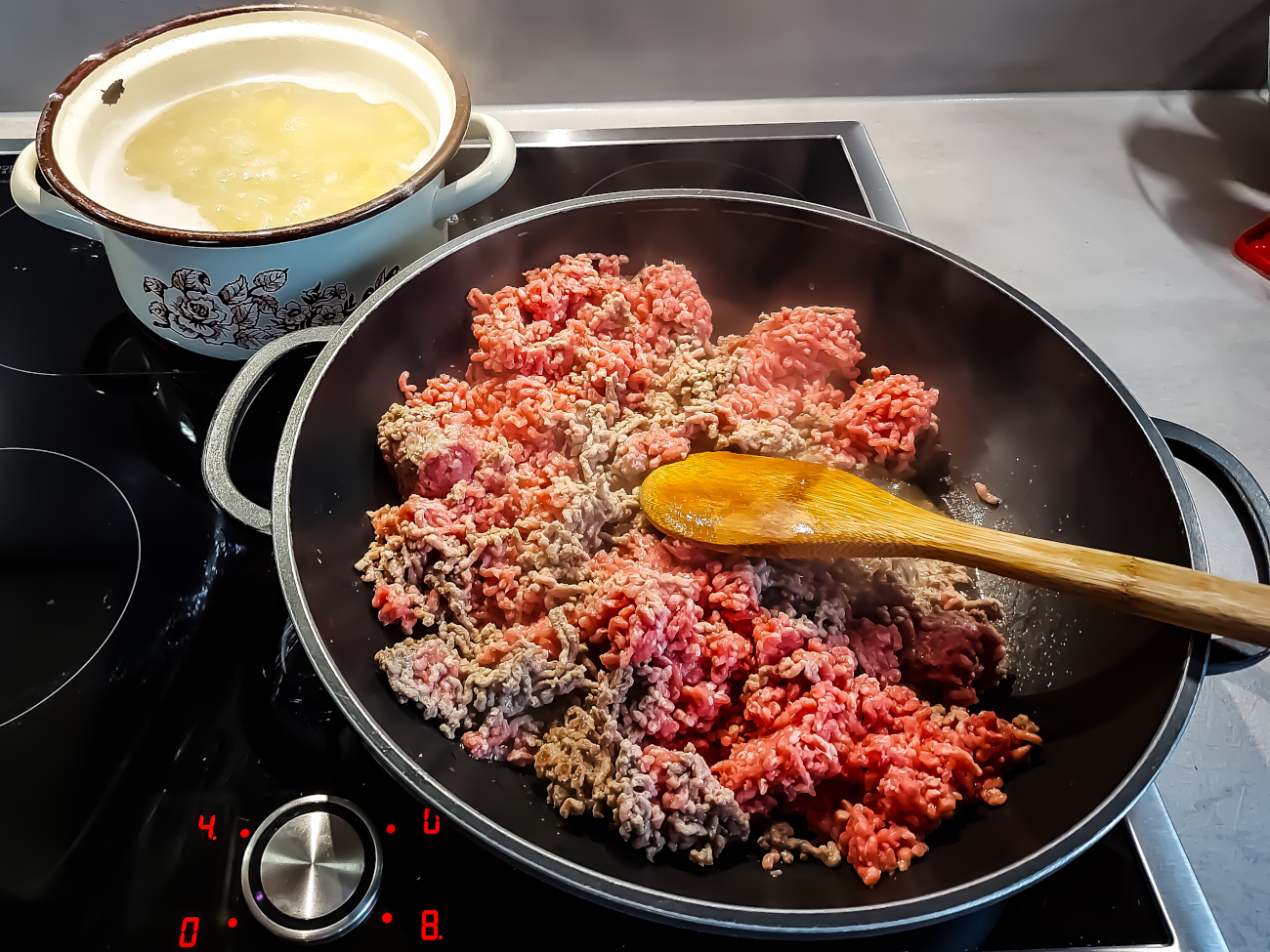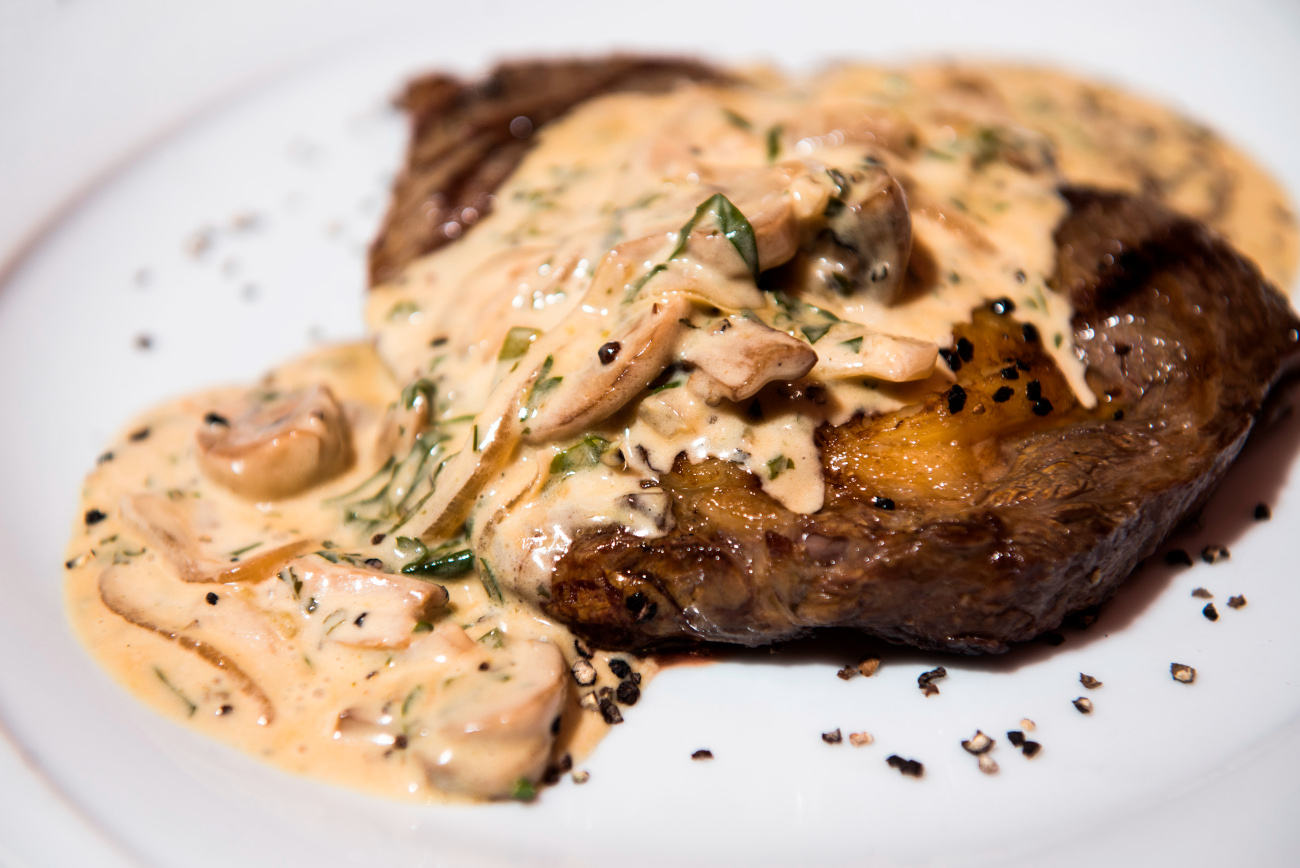Sure, there’s always a little bit of a different price tag, but Americans love the taste of beef – it’s due to a rich flavor compound called umami. Though it is a Japanese word, every cuisine has it. Umami defines the taste of proteins being broken down into amino acids. Luckily a union of glutamic acid, the salt from the glutamic acid, and nucleotides make beef the one of the most crave-able animal protein out there. Yet not all types of beef have the same level of satisfying meatiness, so to accentuate these flavors, when cooking different types of meat use some of these ingredients or techniques.
For Cuts Of Steak

Dry salting is a technique done by classic steakhouses. After the pieces of steak are butchered, the steaks are covered in salt and left to age in temperature-controlled rooms. The salt draws the moisture out of the meat, concentrating the natural beefy taste. To mimic this process at home, take your cuts of steak, salt them, and let them dry and marinate in the fridge. Setting the steaks on a wire rack that’s placed into a baking tray circulates air to all sides of the steaks and lets the excess moisture drip safely into the pan and not all over your refrigerator. This technique works well with fatty and marbled cuts of steak.
For Lean Cuts Of Beef

Lean pieces of meat, like skirt steak or filet mignon, have less naturally occurring umami and require a supporting actor to evaluate their meatiness. An earthy ingredient like mushrooms is an easy and affordable pairing with these types of beef. Roasted, sautéed, or cooked into a sauce, the deep-rounded, earthy taste of mushrooms will accentuate the beef without overpowering it.
For Tough Cuts Of Beef

Well-worked parts of the cow, like chuck roast and brisket, have ample amounts of umami. Slowly roasting these cuts of meat draws out the maximum amount of flavor.
For Ground Beef

For ground meats, a splash of Worcestershire sauce or soy sauce does wonders to increase the beefy flavor compounds. Adding cooked dried pieces of bacon — a product that already has high concentrations of savoriness — makes for a one-two punch of meaty flavor.
For All Types Of Beef

What you pair your beef with also factors into the result. Dairy-based sauces, cheese, and flour or bread coatings all mask the beef quality and put a damper on how you perceive the taste of your beef. Ingredient combinations that work for chicken and pork don’t always work so well with beef. Sharp acidic enhancers like citrus or strong herbs like sage or rosemary compete with the natural meaty and rich flavors of beef.
Beef is one of those meats we save for a special day, a time to really, and I mean really, enjoy it. And with these quick tips, you’ll be able to have better-tasting beef without having to have any culinary or restaurant experience.













